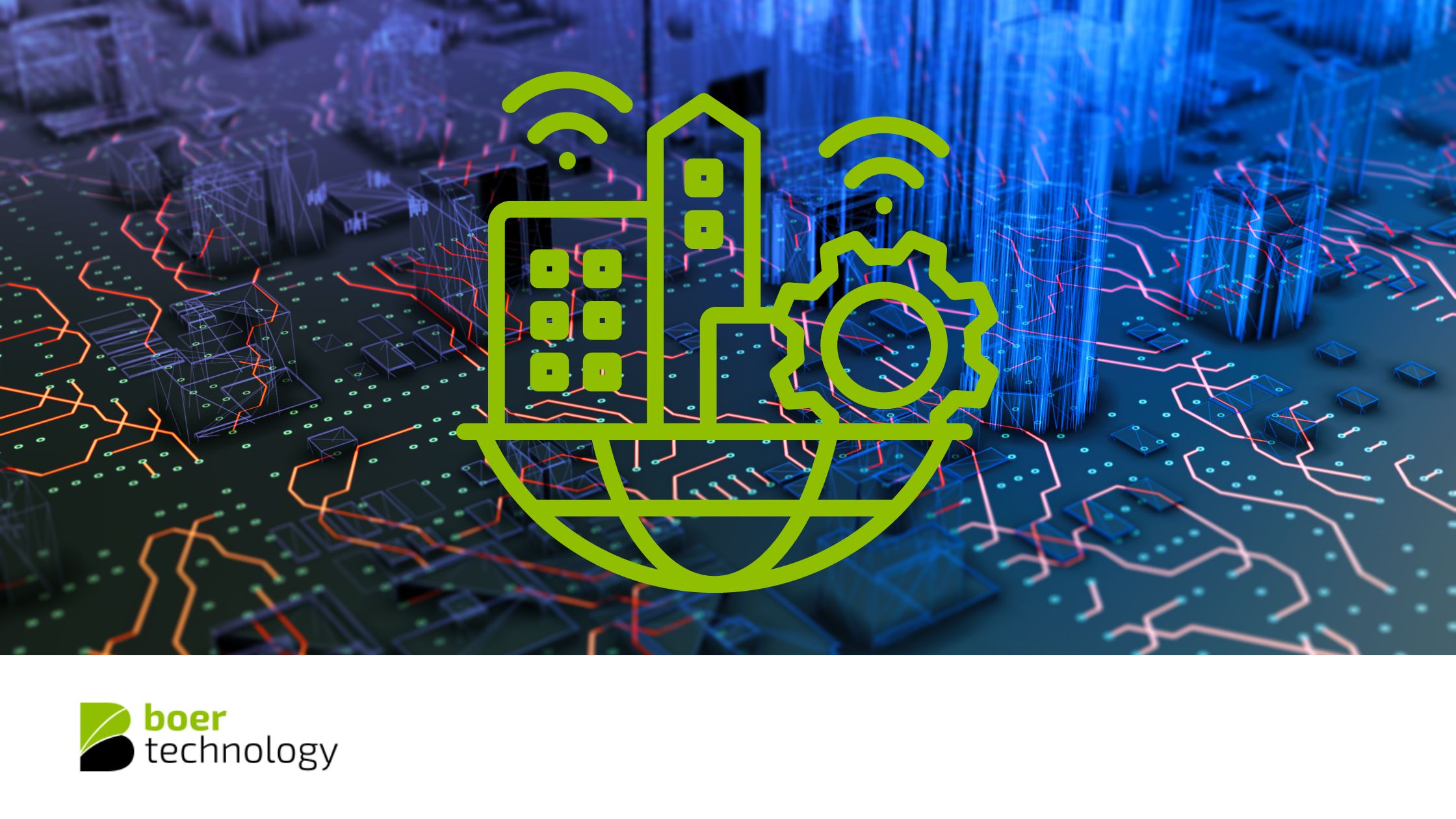The Function of Hyper-Converged Infrastructure (HCI)
In today's rapidly evolving IT landscape, organizations are constantly looking for ways to streamline their operations, reduce complexity, and improve efficiency. One solution that has gained significant traction is Hyper-Converged Infrastructure (HCI). HCI integrates compute, storage, and networking into a single software-defined system, providing a more efficient and simplified way to manage IT infrastructure.
But what exactly are the key functions of HCI, and why is it becoming so popular among businesses of all sizes? In this article, we'll dive deep into the primary functions of HCI and explore how it transforms traditional IT environments.
Simplified Infrastructure Management
One of the most significant functions of HCI is the simplification of infrastructure management. In traditional IT environments, organizations typically have separate systems for compute, storage, and networking, each with its own management tools and processes. This siloed approach can be time-consuming, complex, and prone to human error.
HCI changes this by integrating all these components into a single, unified system. This means that IT administrators can manage everything through a centralized interface, eliminating the need for multiple management tools. As a result, day-to-day tasks like provisioning virtual machines (VMs), managing storage, and configuring networks become much easier and faster.
This simplification also extends to scaling the infrastructure. Instead of having to add and configure individual servers, storage systems, or network switches, HCI allows organizations to scale their infrastructure by simply adding new nodes to the system. This process is seamless and does not require any major reconfiguration, reducing downtime and complexity.
Enhanced Performance through Resource Optimization
Another critical function of HCI is the ability to optimize resource utilization across the entire infrastructure. Traditional infrastructures often suffer from inefficiencies due to underutilized compute or storage resources. For instance, storage systems might have excess capacity while compute resources are running at full capacity, leading to performance bottlenecks.
HCI addresses this problem by pooling resources from multiple nodes and distributing workloads evenly across them. The software-defined nature of HCI allows compute, storage, and networking resources to be dynamically allocated based on real-time needs. This ensures that no resources go to waste and that applications get the compute, storage, and bandwidth they need to run optimally.
In addition, HCI solutions often come with features like data deduplication, compression, and caching, which further enhance performance and efficiency by reducing the amount of data that needs to be stored or transferred.
Improved Scalability and Flexibility
Scalability is a key function of HCI that makes it attractive to growing businesses. Traditional infrastructures often require significant planning and investment upfront to accommodate future growth. This can lead to over-provisioning or underutilization of resources, both of which can be costly.
With HCI, organizations can scale their infrastructure incrementally as needed. If a business needs more storage or compute power, it can simply add more nodes to the HCI cluster without having to overhaul the entire system. This flexibility makes HCI an ideal solution for organizations that expect their IT needs to grow over time.
Moreover, the ability to run HCI in hybrid environments (both on-premises and in the cloud) adds another layer of flexibility. Organizations can move workloads between private and public clouds based on their needs, all while maintaining centralized control over their infrastructure.
Cost Efficiency
HCI is known for its cost-saving potential. Traditional IT infrastructures can be expensive to maintain, requiring specialized hardware, complex networking solutions, and significant manpower for management. The capital and operational expenses associated with such infrastructures can be substantial, especially for smaller organizations.
HCI reduces costs by consolidating compute, storage, and networking into a single, software-defined system. This eliminates the need for separate hardware for each function, reducing both capital expenses (CapEx) and operational expenses (OpEx). Additionally, because HCI simplifies infrastructure management, organizations can reduce their IT staff requirements or allow existing staff to focus on more strategic initiatives rather than routine maintenance.
Built-in Data Protection and Disaster Recovery
Data protection is a critical function for any IT infrastructure, and HCI systems are built with this in mind. HCI solutions typically include integrated features for data backup, replication, and disaster recovery, ensuring that mission-critical data is always protected.
Snapshots, replication, and backup-to-cloud options are common in HCI systems, allowing businesses to create point-in-time copies of their data that can be restored quickly in the event of data loss or corruption. Additionally, HCI systems often support failover and failback capabilities, ensuring business continuity in case of hardware failure or other disasters.
This built-in data protection is particularly valuable for small and medium-sized businesses that may not have the resources to invest in dedicated backup or disaster recovery solutions. With HCI, these businesses can enjoy enterprise-level data protection at a fraction of the cost.
Automation and Orchestration
Lastly, automation and orchestration are key functions of HCI. Many routine IT tasks, such as provisioning virtual machines, monitoring performance, and managing backups, can be automated through HCI’s integrated software. This reduces the need for manual intervention and minimizes the risk of human error.
Orchestration tools within HCI systems also allow for more intelligent management of workloads, ensuring that resources are automatically allocated where they’re needed most. This enables businesses to operate more efficiently and respond to changing demands quickly.
Conclusion
In summary, the primary functions of Hyper-Converged Infrastructure (HCI)—simplified management, resource optimization, scalability, cost efficiency, data protection, and automation—make it an ideal solution for modern organizations looking to streamline their IT operations. By consolidating compute, storage, and networking into a unified, software-defined system, HCI not only reduces complexity but also improves performance, scalability, and cost-effectiveness. As businesses continue to evolve, HCI offers the flexibility and efficiency needed to support growth and innovation.

